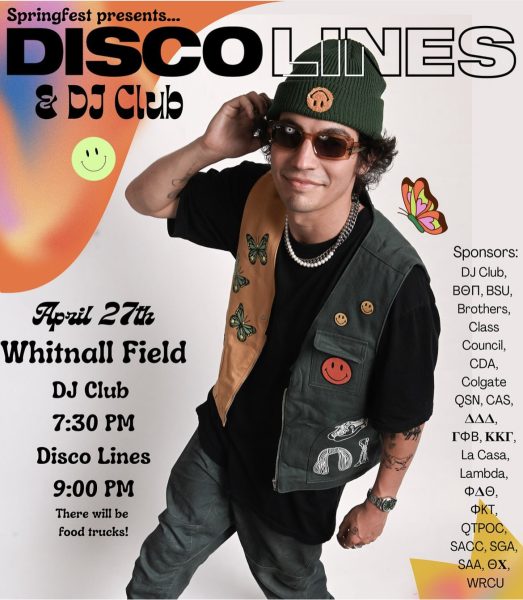Kendrick Lamar Breaks Through With Interscope Debut
On October 23, Kendrick Lamar released his second studio album, “good kid, m.A.A.d city.” As soon as the album was released, it was compared to classics like “Ready to Die” or “Doggystyle.” The verdict was that al-though his new album didn’t surpass typical, “classic” hip-hop albums, it was revolution-ary in its own right, starting a new chapter in hip-hop for Lamar and his label Top Dawg Entertainment, a branch of Interscope.
Although Lamar was a well-known rapper before the release of his latest album, his sound has never sounded as perfected and innovative as it does on this record. Every track on “good kid, m.A.A.d city” plays an important role in the album’s message as a whole. On several tracks, we hear snippets of Lamar’s family that docu-ment some of the struggle and hardship they went through living in Chicago. These record-ings sound grainy and connect the songs on the album, even if their meaning is unclear at times.
Technically speaking, this album is a master-piece. An all-star cast of producers from Hit Boy to T-Minus, Just Blaze and Pharrell make up the 15-track album that clocks in at just under an hour and a half (the deluxe edition). No two songs sound alike; they all serve to complement one another. In the loud, cocky “Backseat Freestyle,” Lamar likens himself to Martin Luther King, Jr.: “Martin have a dream! … Kendrick have a dream!”. This is Ken-drick at his absolute best as his words shift in and out, changing in tone, pace and diction.
On the song “B*tch, Don’t Kill My Vibe,” a more calm, reasonable voice is heard, even as Lamar maintains complex rhymes and interesting lyrics: “I am a sin-ner, who’s probably going to sin again/Lord forgive me, lord forgive me … things I don’t understand, sometimes I need to be alone.”
Perhaps the high point of the album is “M.A.A.D City,” which features MC Eiht and production by Soundwave. This is probably one of the hardest hitting songs on the album, with brutal lyrics about Kendrick’s life growing up in Chicago. The cinematic beat matches his gritty message perfectly, reminding you of the emotion and feeling Lamar is capable of.
Is this album as good as “Illmatic” or “Ready to Die?” I don’t think so, but it might be more innovative in some ways. In terms of samples, “good kid, m.A.A.d city” is impressively diverse, using sounds from Twin Sister, Beach House, Kanye West and Janet Jackson to its advantage. Lyrically, La-mar isn’t as advanced as Nas or The Notori-ous B.I.G., but in today’s hip-hop landscape he really stands out.
The cover art for “good kid, m.A.A.d city” is a great indication of much of what we hear on the album. We see four peo-ple (presumably Lamar’s family) sitting at a dinner table, staring at the camera with their eyes censored out. The content on the album is in a way something that we were unable to see before: it is something that was censored up until this point, but now Kendrick has had his say. In other words, this album lifts the veil on parts of Kend-rick’s life that were previously unexposed to the public eye.
If you like hip-hop, poetry or are inter-ested in what “kids these days” listen to, this album is a must listen. Kendrick subtitled the album as “a short film,” and I think it certainly lives up to that description.
Contact Jackson Leeds at







